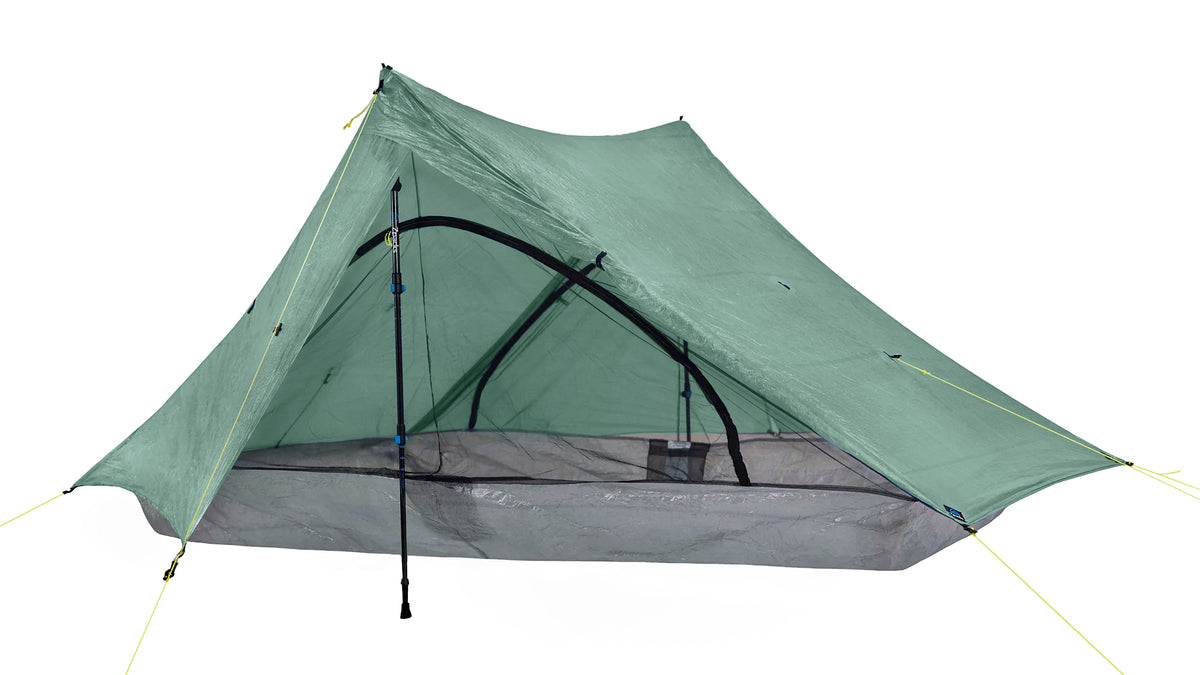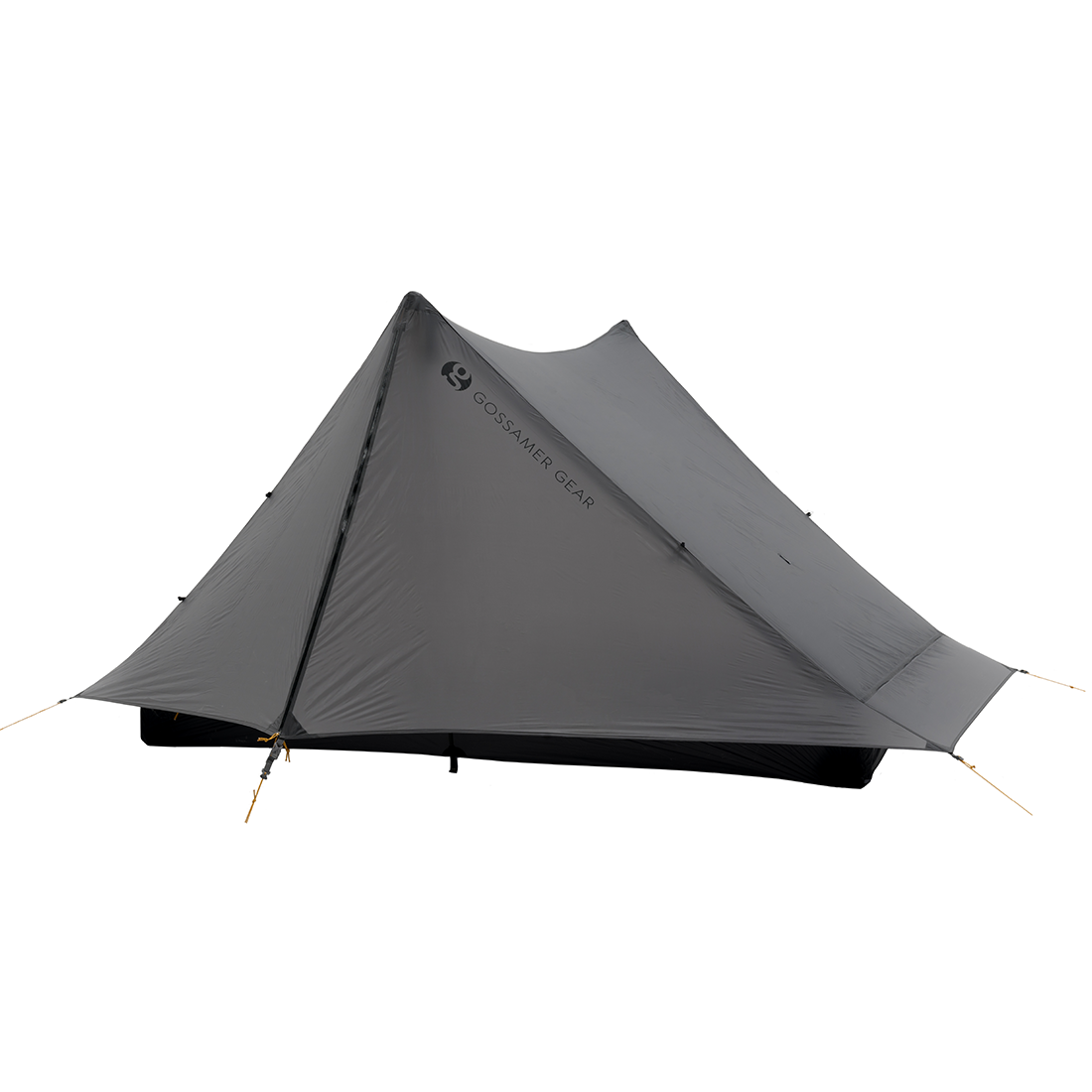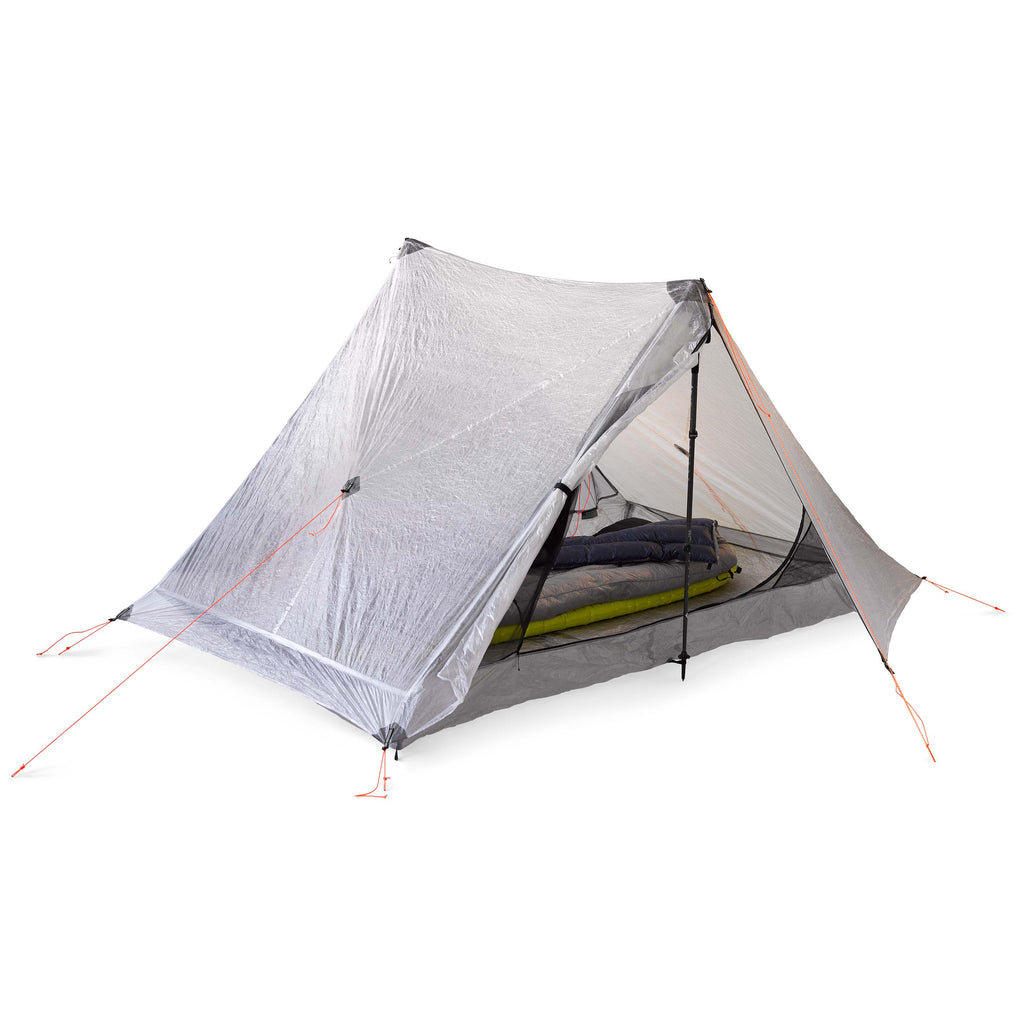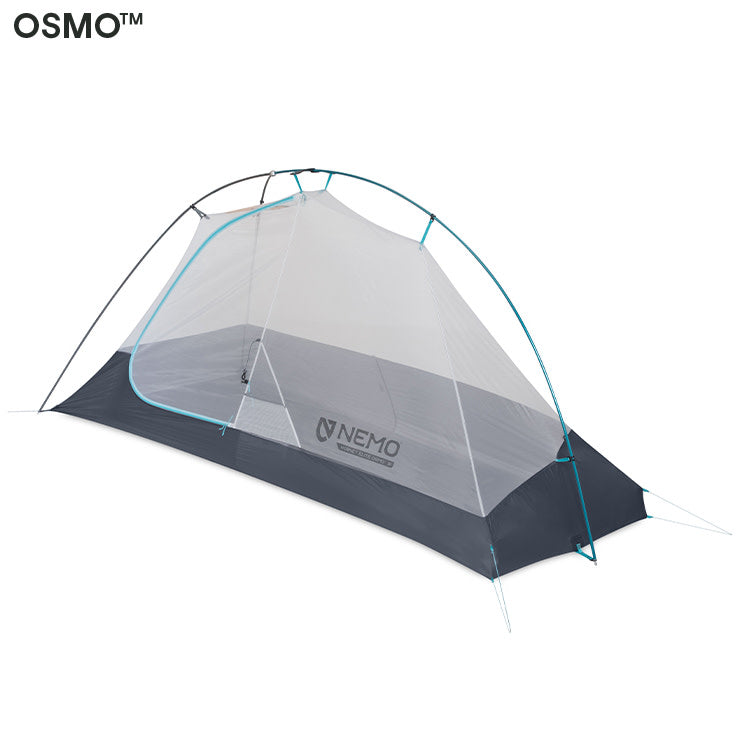Selecting your backpacking tent isn't as simple nor challenging as you may suspect. Every year, countless backpackers face the same dilemma: balancing weight against comfort, and durability against cost. Yet in general, finding the perfect tent remains as elusive as Bigfoot. Through understanding the basics - capacity, materials, and weather protection - you can learn the difference between a dream adventure and a nightmare in the wilderness. And let's be honest, no one wants to wake up in a puddle at 3 AM.
What's worse than hauling a tent up a trail to a beautiful view only to discover it's too complex, heavy, too small, or can't handle a sudden downpour? Thousands of backpackers learn this lesson the hard way. The bitter truth: selecting the wrong tent can turn a dream trip into a miserable slog through the wilderness.

Tent capacity ratings are about as honest as a politician's campaign promises. A three-person tent? More like a cozy fit for two hikers and their gear. Smart backpackers size up - literally. They know that "+1" in the name usually means "actual breathing room included." Those ultralight models? Many can feel like sardine cans with poles. Popular two-person models like the Duplex dominate the market, offering the most versatile solution for solo hikers or pairs.
Don't trust tent capacity labels blindly - a three-person tent barely fits two. Always go one size up for actual comfort.
Speaking of weight, there's a cruel irony in backpacking tents: the lighter they are, the more they cost.
As to weights listed on packaging and websites, "minimum trail weight" includes just the essentials - tent body, rainfly, and poles. But that packaged weight? That's the real deal, with all the stakes, guylines, and stuff sacks thrown in.
Some ultralight tents practically float on air, but they'll sink your bank account faster than a lead weight.

Weather protection isn't just about keeping rain out. Three-season tents handle spring through fall like champs, while four-season models laugh in the face of insane level winter storms. But here's something to remember: ventilation matters just as much. Nobody wants to wake up in their own personal rain cloud from condensation.
Construction details can make or break a tent. Freestanding tents set up anywhere, while their non-freestanding cousins demand perfect staking conditions. Double-wall designs keep condensation at bay, but single-wall versions save weight. The materials tell their own story: higher denier numbers mean better durability, and fancy fabrics like Dyneema cost more than some monthly rent payments.

The devil's in the details: headroom, door placement, storage pockets, and vestibules for soggy boots. Color-coded poles that can help prevent setup meltdowns when tired after a hard day on trail. Budget options exist, but they often crack under pressure - both literally and figuratively.







